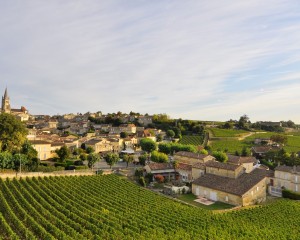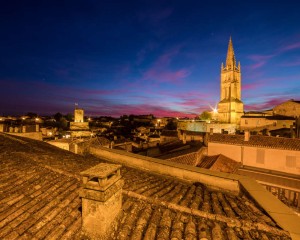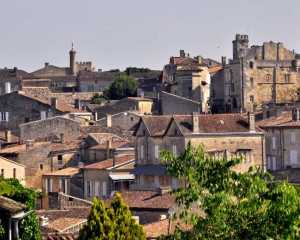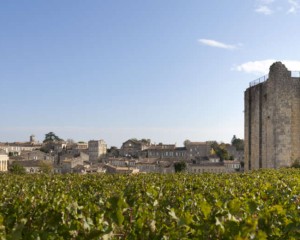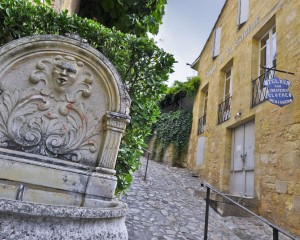Saint-Emilion is a town belonging to the Canton of the Coteaux of Dordogne and part of 8 towns of the Jurisdiction of Saint-Emilion. It also belongs to the community of villages of the Greater Saint-Emilion Area. Located 40 km north-east of Bordeaux and 8 km from Libourne, it stands on the hillside north of the Dordogne valley. The town now has 1,876 inhabitants, including 200 intramural, called Saint-Emilionnais and Saint-Émilionnaises.
This is a historic village surrounded by vineyards, internationally renowned, visited by over a million tourists each year. It is part of the former Jurisdiction of Saint-Émilion, territory on the list of World Heritage Sites since 1999 for its cultural landscapes.
The name of the town of Saint-Emilion derives from that of the Breton hermit Émilion that settled himself on the site in the 8th century. The coat of arms shows the arms of the city.
In the 8th century, a Benedictin monk from Brittany named Aemilianus set up his hermitage in a cave in the Ascumbas forest.
From the 9th to the 12th century, the catacombs and monolithic church were dug and a religious community settled under the rule of Saint-Benedict.
In 1152 Aquitaine came under the English domination, favoring the growing of the vineyards and the trade of Claret wine.
In 1199, the bourgeois sign a charter with John Lackland, King of England: the city gets from the king its autonomy under a dual administrative and civil guardianship: the Jurade. These new privileges were then confirmed in 1289 by Edward the 1st, King of England, which extended the powers of the Jurade to the neighboring parishes which then formed the Jurisdiction of Saint-Emilion.
From the 13th to the 16th century, while the troubles begin announcing the Hundred Years War, the construction of the fortifications continued. In 1237, construction of the tower of the King, which would serve as the city hall for the Jurade, certified the Anglo-Norman style of the strong English influence in Guyenne.
Later, two religious communities previously established outside the city walls, settled inside the village: the Franciscans or Cordeliers and the Dominicans or Jacobins.
The city passed successively from the English to the French crown until the peace treaty was signed in 1453 after the Battle of Castillon. But peace would be short lived as the Religious Wars erupted from 1562 and these episodes had catastrophic consequences for the village and for its vineyards. the Protestants perpetrated two lootings in 1580 and in 1589 which resulted in the disappearance of the relics of Emilion.
The French Revolution destroyed the religious life and depopulated the then city; degradation of monuments would worsen, and in 1789 the Jurade was dissolved. In 1793, Elie Guadet, a "Girondins" deputy at the Convention, fled the Terror (La Terreur) and returned to his hometown seeking asylum for himself and six of his fellow outlaws. They remained nine months in hiding before being discovered and executed.
The wine revolution began in the second half of the 18th century by owners of wineries open to new ideas and new techniques. In 1884, winegrowers of Saint-Emilion created the first Winegrowers Union of France becoming the principal engine of exceptional quality policy on the vineyard ever since. This would lead to the establishment of the Saint-Emilion controlled appellations production area in 1936, and the revival of the Jurade in 1948 as a brotherhood passionate about wine and whose role is to promote the wines of St. Emilion around the globe.
The registration of the Saint Emilion Jurisdiction as a UNESCO World Heritage site in 1999 as a cultural landscape brought the 8 towns that composed it to sign in 2001 a heritage charter which aims to implement a management plan of this landscape.
Saint-Émilion is crossed by several creeks : Taillas, Fongaband, Barbanne and the Dordogne river on about 11 kilometers.
The Saint-Emilion appellation represents 5,400 hectares of vineyards and is divided into two controlled appellations: Saint-Emilion AOC and Saint-Emilion Grand Cru. For more information on the vineyard of Saint-Emilion click here.
The bell tower of the monolithic church, the King’s keep or the Brunet gate will offer magnificent views of the medieval city and the vineyard!
Several cycling and hiking routes, pass through Saint-Émilion and its surroundings and are offered free of charge by the Tourist Office. Find these routes here.
The medieval village also offers 12 famous monuments to discover. Find them here.
The village hosts many events, including: The Jurade, the Philosophia festival, producers’ markets, Vino Voce festival, European Heritage Days, Art Crafts Fair, Market of taste, Montgolfiades ... Discover the complete diary of events here.
The Tourist Office also offers a wide tourist offer: various tours of the city and vineyards, but also chateaux to discover and their wines to taste ... Discover the entire tourism offer at the Tourist Office right here.
6 place Pioceau
33330 SAINT-EMILION
05 57 24 72 09
accueil@ville-stemilion.fr
www.saint-emilion.org
OPENING DAYS OF THE CITY HALL
Monday to Friday: 8:30 am to 12:00 am and 1:30 pm to 5:00 pm
Closed to the public on Thursdays afternoon but the call center is open.
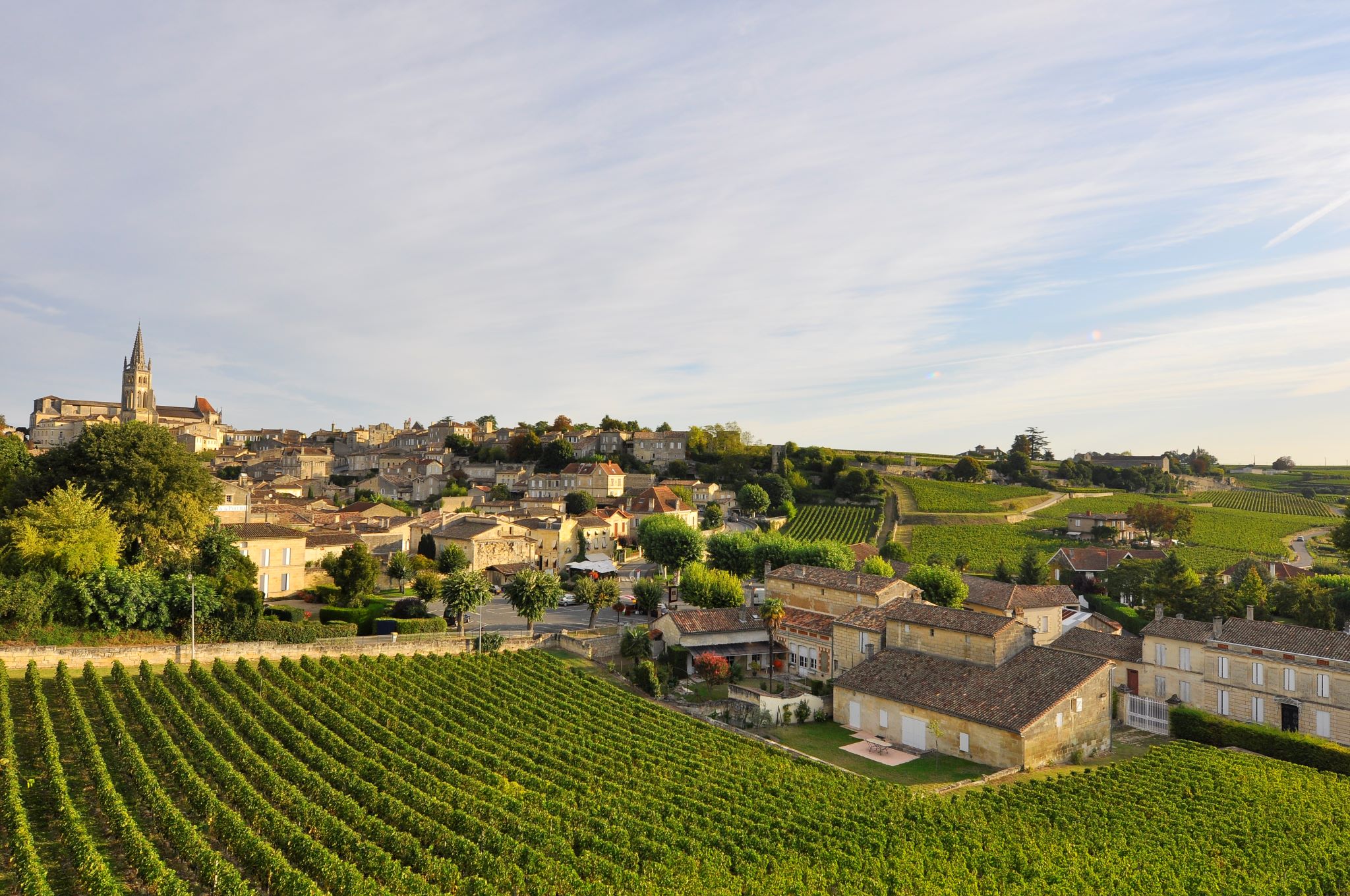
Grand Saint-Emilionnais Tourist Office
Le Doyenné - Place des Créneaux
33330 SAINT-EMILION

